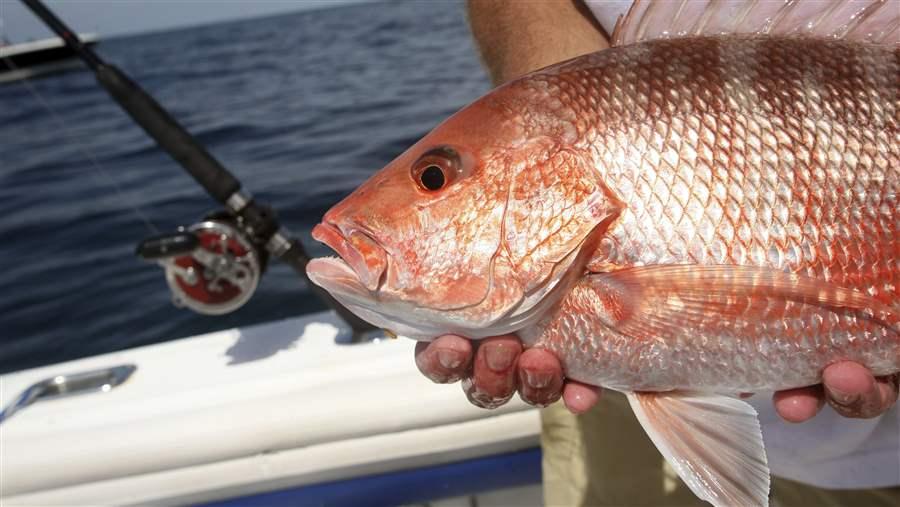There’s a Reason for No South Atlantic Red Snapper Fishing Season
 iStock
iStockRed Snapper.
This story has been updated to report last year's red snapper catch was 205,000 fish - not pounds - of red snapper.
Hark back to 2009. The red snapper population was at critically low levels in the U.S. South Atlantic Ocean after decades of severe overfishing. Fishery managers had no choice but to halt the catch of this iconic species to save it.
Then in 2011 came some unexpected good news: Managers determined that very limited fishing could resume without jeopardizing red snapper’s recovery—as long as fishing stayed within the allotted amount. Commercial fishermen were granted some time to fish. And for a few days each summer since 2012, anglers from North Carolina to Florida also have been fortunate to enjoy a chance to pull up this prized catch.
Fishing actually provided an opportunity to help study the species. The South Atlantic Fishery Management Council, which oversees fishing policies in southeastern federal waters, worked with fishermen and state wildlife agencies to examine catch and collect biological data, including age, on red snapper—points that are crucial to managing the species.
But now the picture has changed. Last year’s fishing blitz ended with 205,000 fish hauled from the water—about double the amount anticipated and allowed. So the National Oceanic and Atmospheric Administration’s Fisheries Service announced recently that no commercial or recreational red snapper fishing would be allowed in 2015 to make up for last year’s excess.
It’s frustrating news for many fishermen, but we must keep our eyes on the ultimate goal: an abundant, healthy red snapper population that can support robust fishing opportunities for the long term. If we take too many fish out of the water while the population is still rebounding, we risk setting back its recovery.
When depleted fish populations begin to grow, it’s typical to start seeing more and larger fish and to find them spreading out over a wider area. This can be an illusion of plenty, however, because these signs do not mean the species is fully recovered or that fishing can resume as before. It takes time for the species to repopulate to healthy levels and to have enough fish of varied ages. Patience is key.
A new scientific study on the red snapper’s health, which will include input from fishermen, is beginning, and the results are expected next year. The results of that work will help inform future decisions about how to manage the recovery of this valued species. In the meantime, we must realize that what we do today will have a dramatic impact on our marine resources for years to come.
There’s a valid reason we won’t have a red snapper fishing season this summer: to restore this special species so that we and future generations can fish it without fear of losing it forever.







